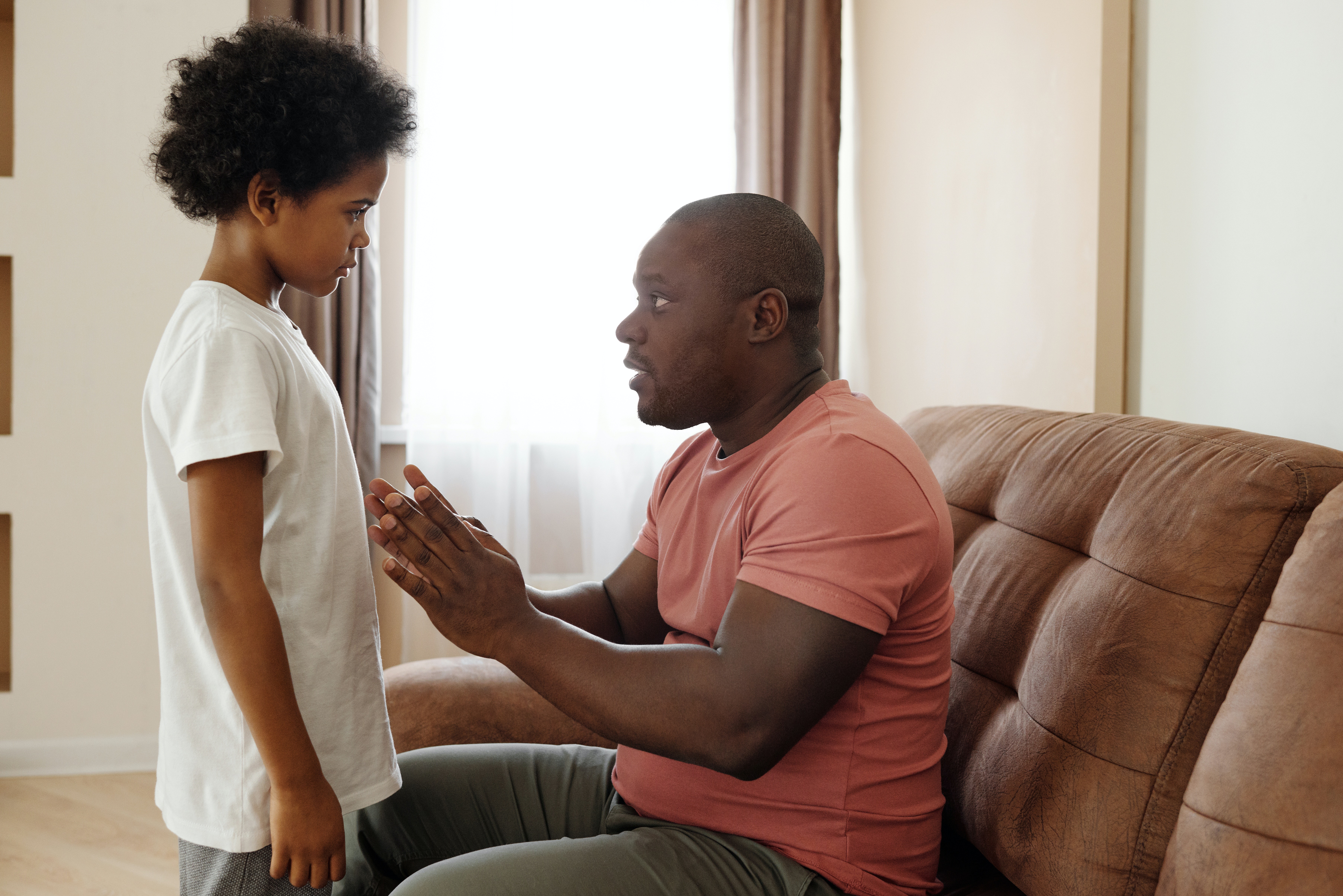
The deaths of George Floyd, Ahmaud Arbery, Breonna Taylor, Tony McDade, and countless other BIPOC (Black, Indigenous and people of color) have spurred important conversations about systemic racism in the United States— including those between parents and their children.
While it may be uncomfortable, having productive conversations about race and racism with your children from an early age is crucial to helping them learn empathy, recognize the ways people are treated differently based on their race, and respect our differences as people. From there, children can begin to contribute to a culture of anti-racism within their homes and their communities.
Depending on your child’s level of understanding of race, racism, and the anti-racism protests, your discussions will look a little different. Here are some tips to help you navigate these conversations—no matter your child’s age.
Toddlers and Preschoolers (2-5 years old)
If your children are very young, your focus should be on helping them to develop empathy for others whether or not they share the same skin color, gender, culture, or religion.
At around two years old, children start to show signs of empathy. They begin imitating emotional reactions. For example, a child may smile brightly during a peek-a-boo when he receives cheers of approval from adults, yet he might not express the same joy if no one is watching. Similarly, in preschool, when one child falls and starts crying, many of the other children will follow suit. As they watch their teacher comfort the hurt child, they learn how to comfort others, as well.
However, it’s important to notice that a child’s empathy is limited to circumstances that they see modeled. Research has found that when there is a shared connection between people, such as race, gender, or familiarity within a specific religion or culture, empathy comes more naturally. In other words, a child must be taught to have empathy for others even if they don’t share a connection.
Parents can enhance the natural development of empathy in their children by helping them to explore their emotional reactions and learn to comfort others. Reading age-appropriate stories, watching television shows, singing songs, and playing games about helping others and identifying ways to address injustice is a good start. Ask your child how the character in a troubled or unjust situation is feeling and what they would do to help the character feel better. While there may be a tendency to tell your child what to do in a specific situation (“Say sorry,” for example.), give your child the room to problem-solve and work on forming their own actions and responses, as it strengthens empathetic development. There are also a variety of free online resources available from child development experts to help you foster your child’s development through fun activities, webinars, social stories, and more.
Elementary school-aged children (5-10 years old)
In elementary school, a child begins to move beyond simply feeling empathy and starts to have a better understanding of “fair” and “unfair” behavior. It is at this time many children will protest “That’s not fair!” when they’re angry or sad about a particular situation or event. While these situations can be frustrating for a parent, they are also a good opportunity to teach valuable lessons about injustice and tell children about basic human rights.
During these formative years, it’s also important for parents to not only discuss human rights but acknowledge the ways human rights have been denied to certain groups throughout history. Discuss the ways BIPOC have been treated differently based on their race, ethnicity, religion, and other differences during your conversations. This will help your child not only tolerate other people’s differences but learn to respect different people, their decisions, and their experiences.
Middle school-aged children (11-13 years old)
During the middle school years, children start to separate their identity from their parents and explore how their views may differ from their other family members. It’s also during this time that children not only recognize injustice, but they begin taking actions to address it.
If your child is 11 or older, expand your discussions on race and racism to identify systematic racism, how it can impact an entire community, and then work with your child on finding solutions to the problems they witness, such as speaking up when a friend uses a racial slur. The anti-racism protests taking place across the country are a good talking point for discussing the ways in which people have fought racism in the past and continue to do so today.
Be an example for your children
No matter your child’s age, teaching and learning about race and racism should be an open, ongoing process. If you’ve experienced injustice and inequality, talk about it. Tell your kids about the times you’ve witnessed racism and how you responded. Actively engage in situations where you have the opportunity to interact with someone who is different from you, as you’re teaching your child to avoid isolating or segregating others. Remember, children are good observers and imitators, so you must model what you want your children to learn and put into action.

